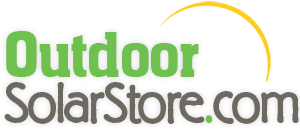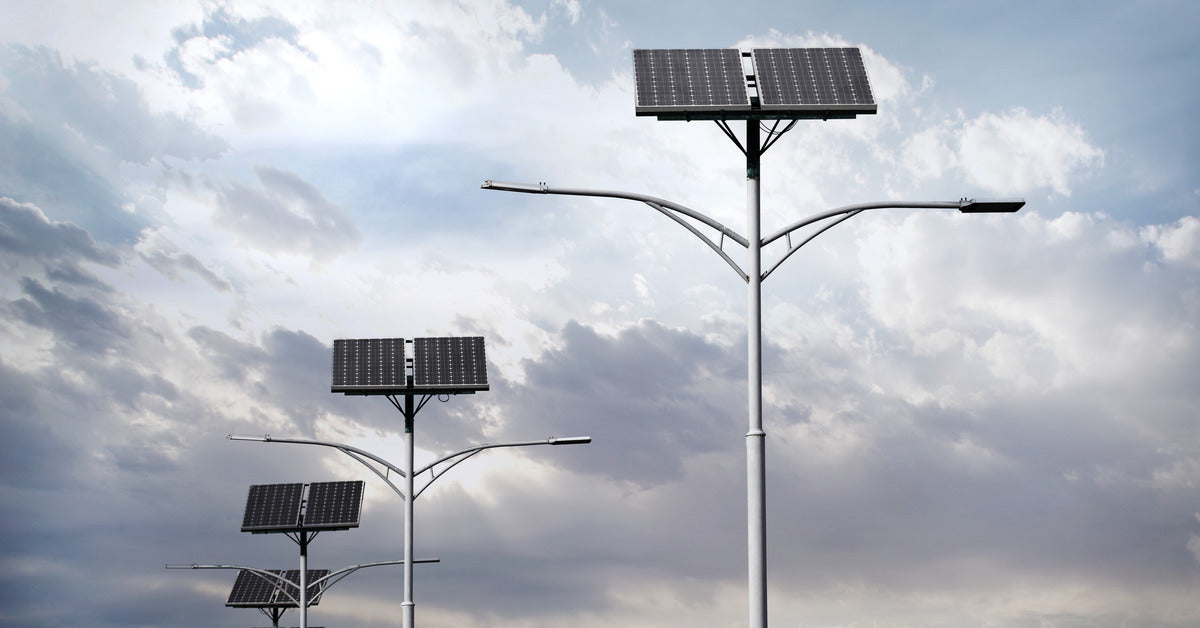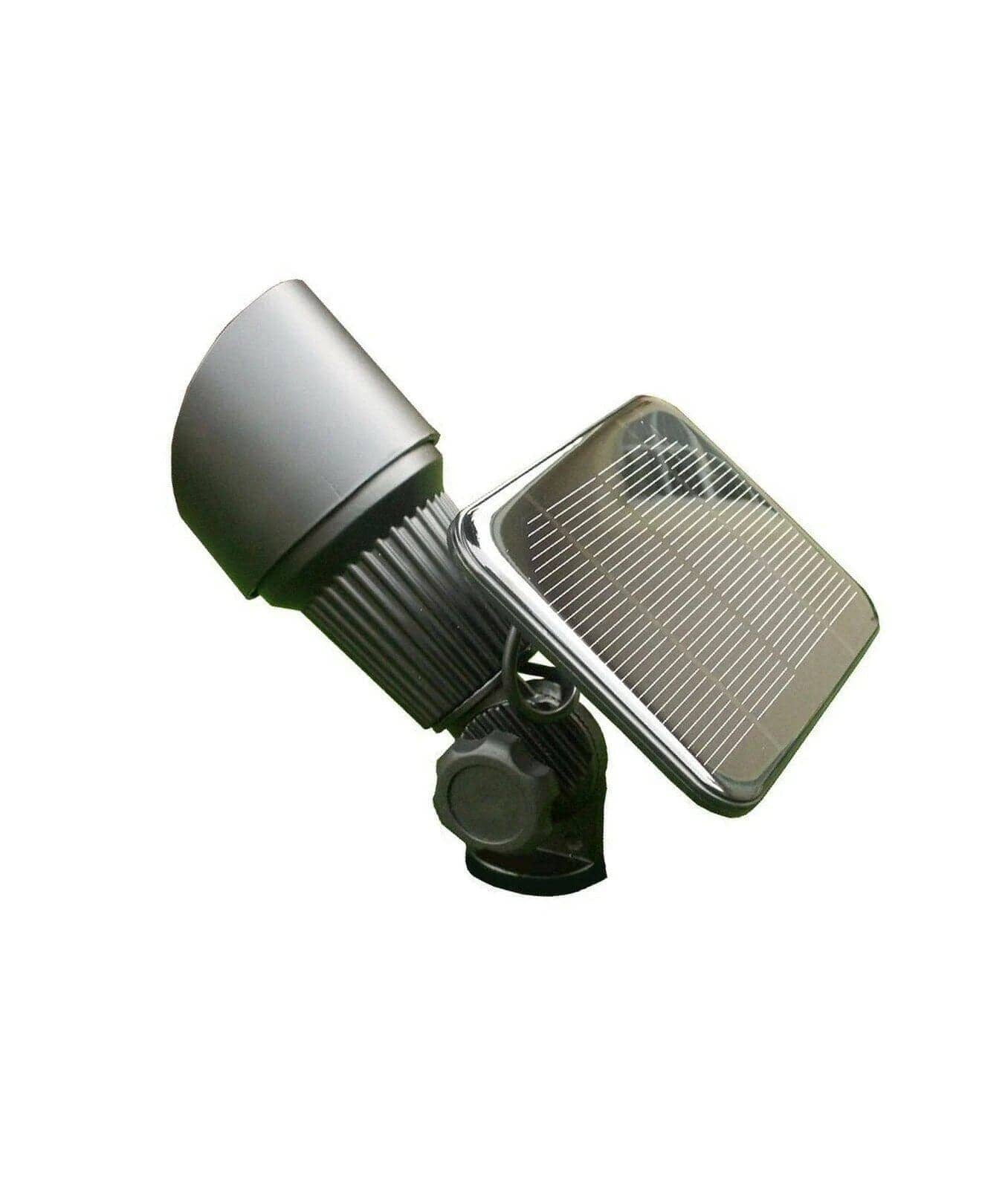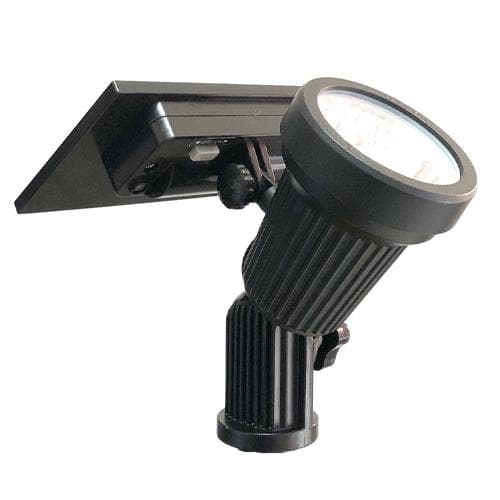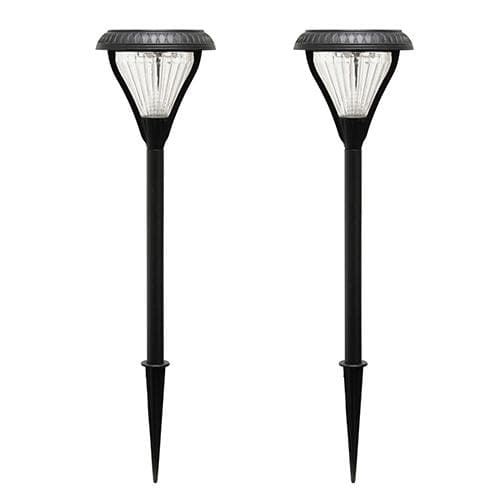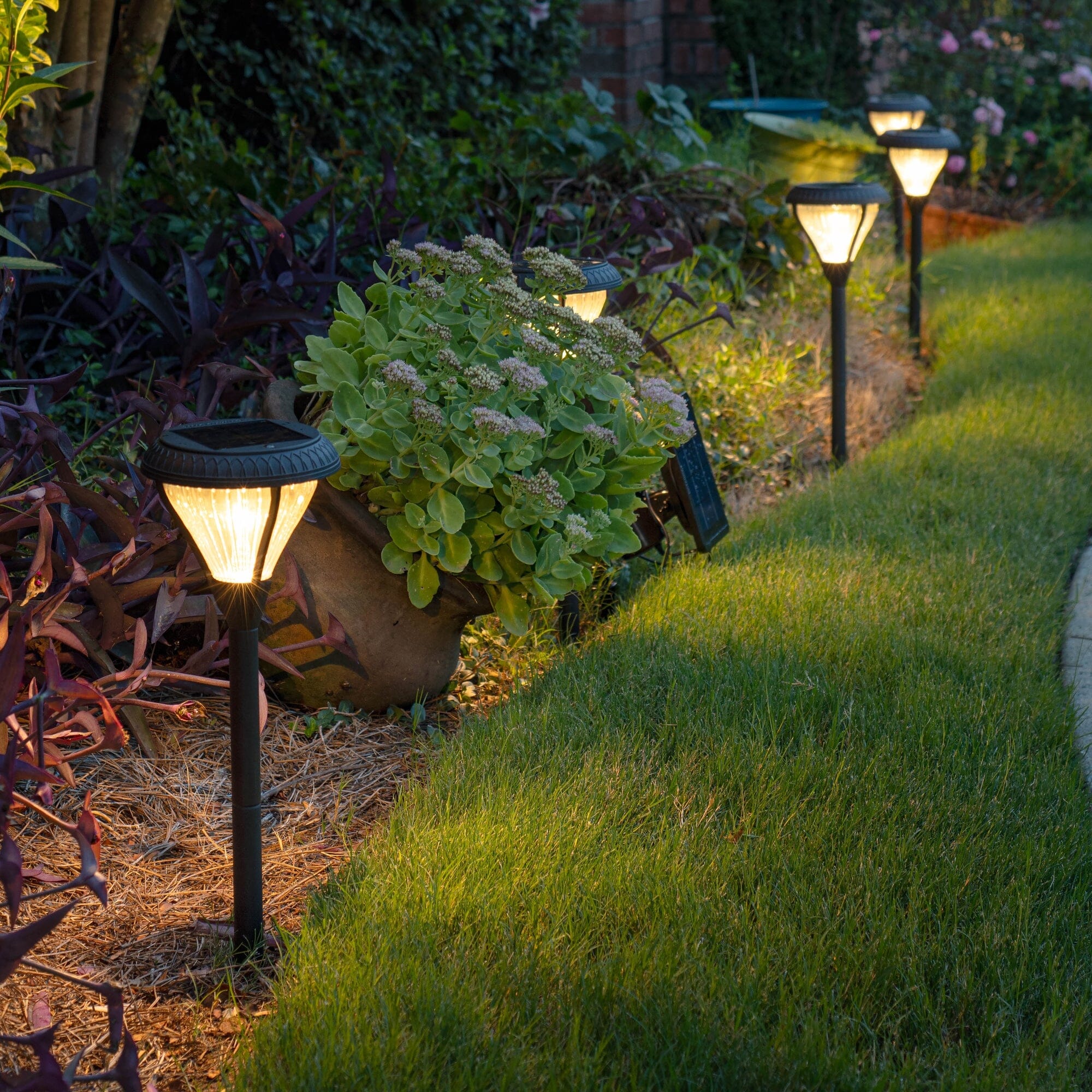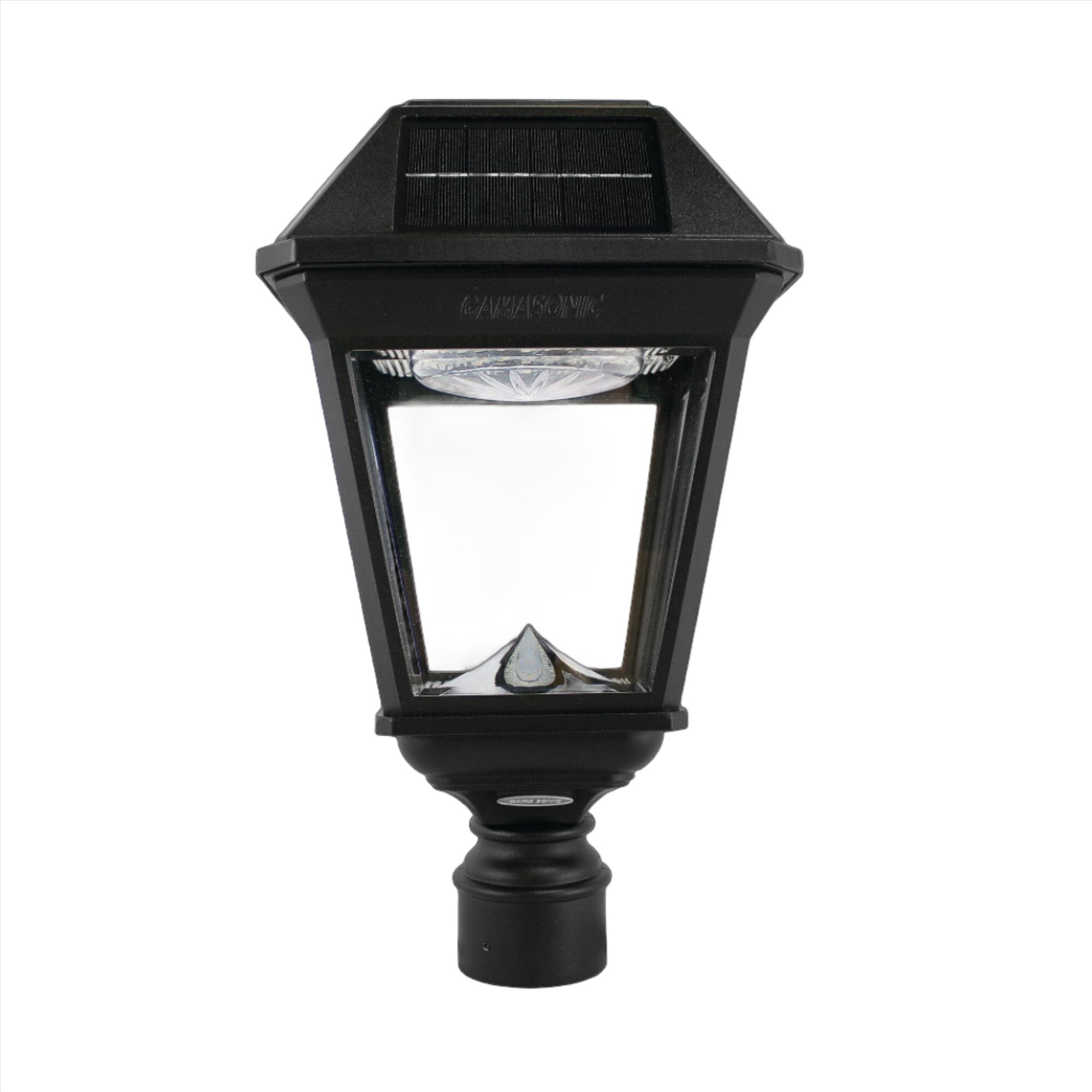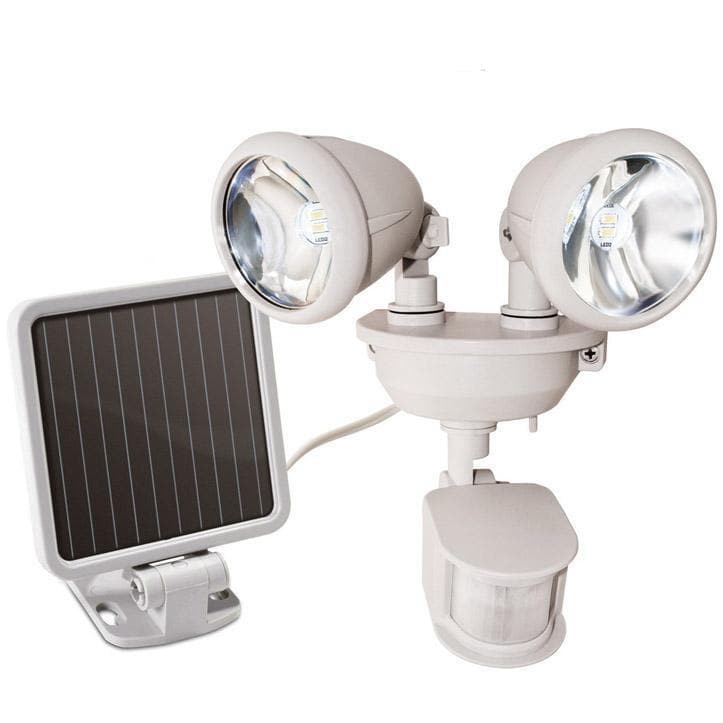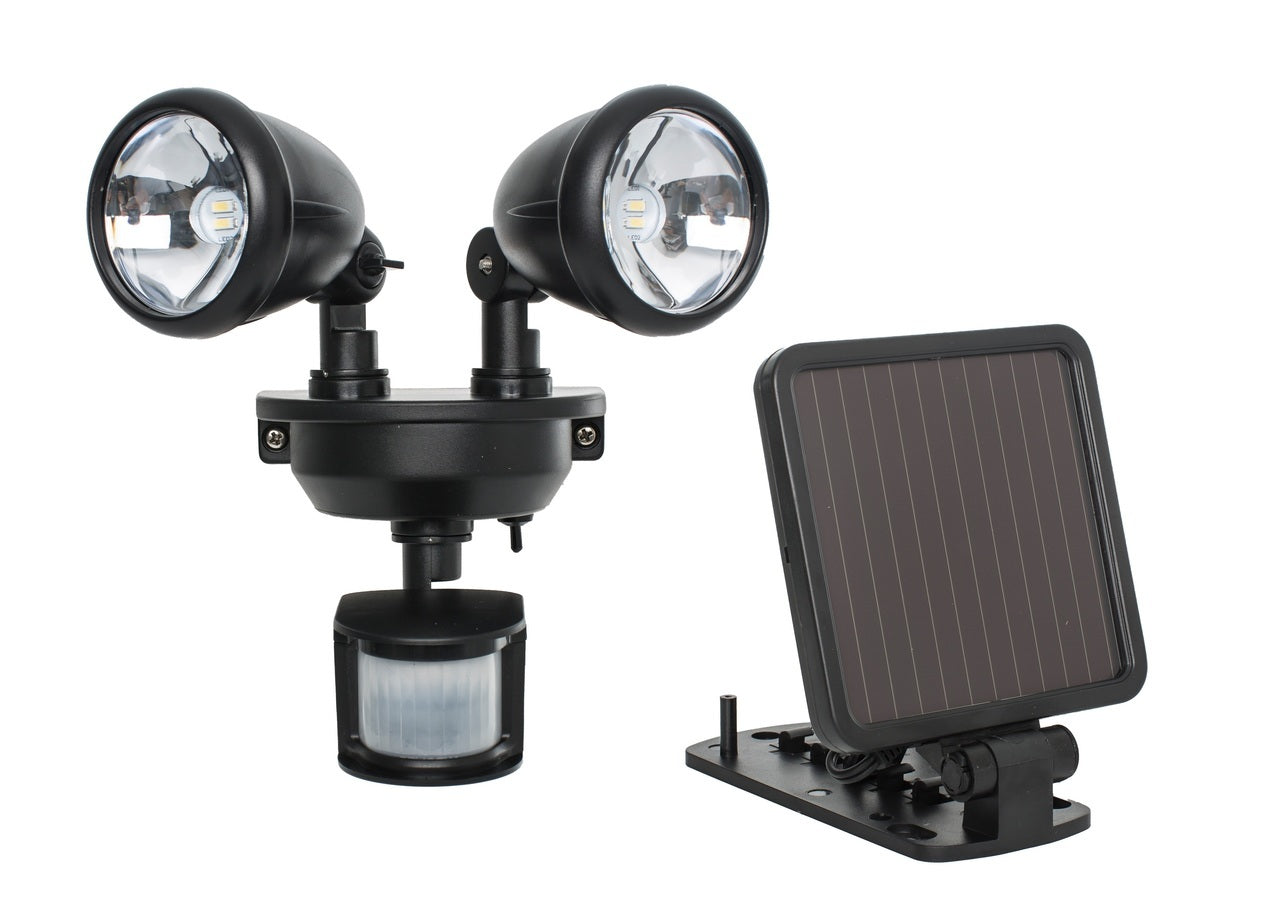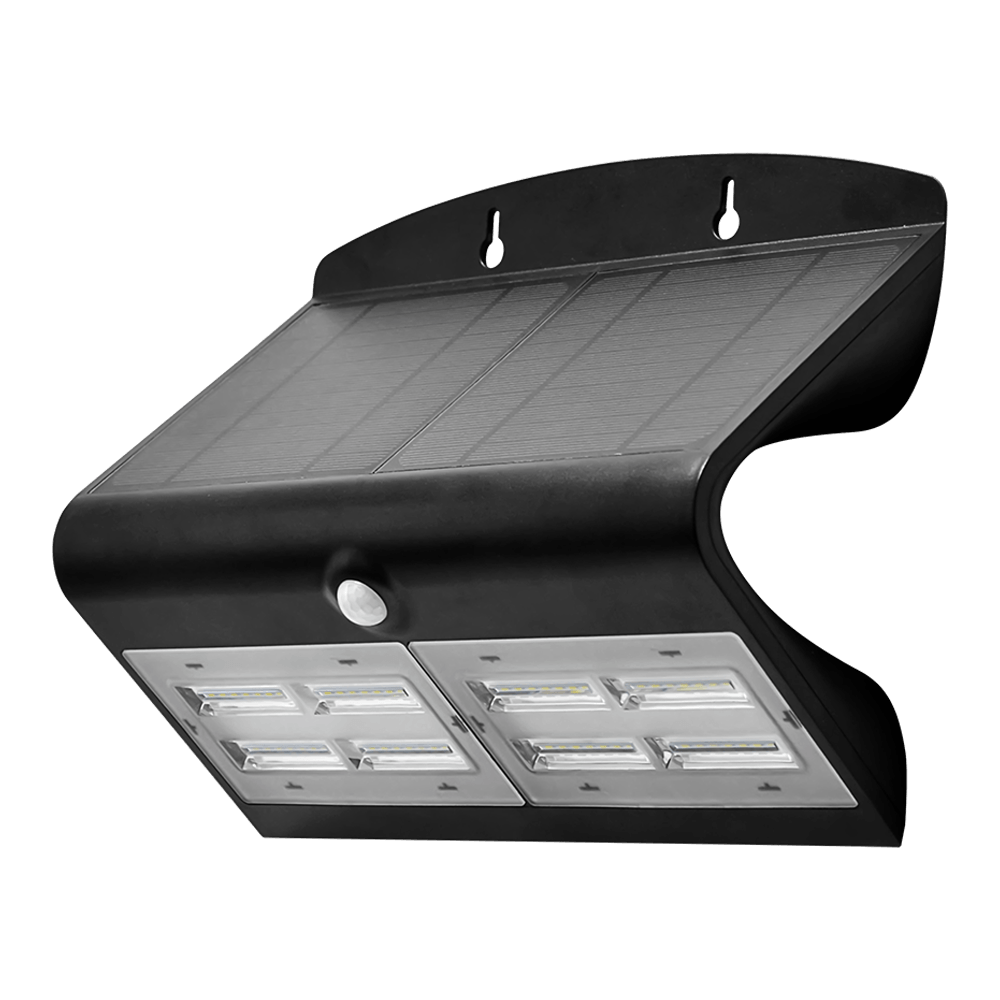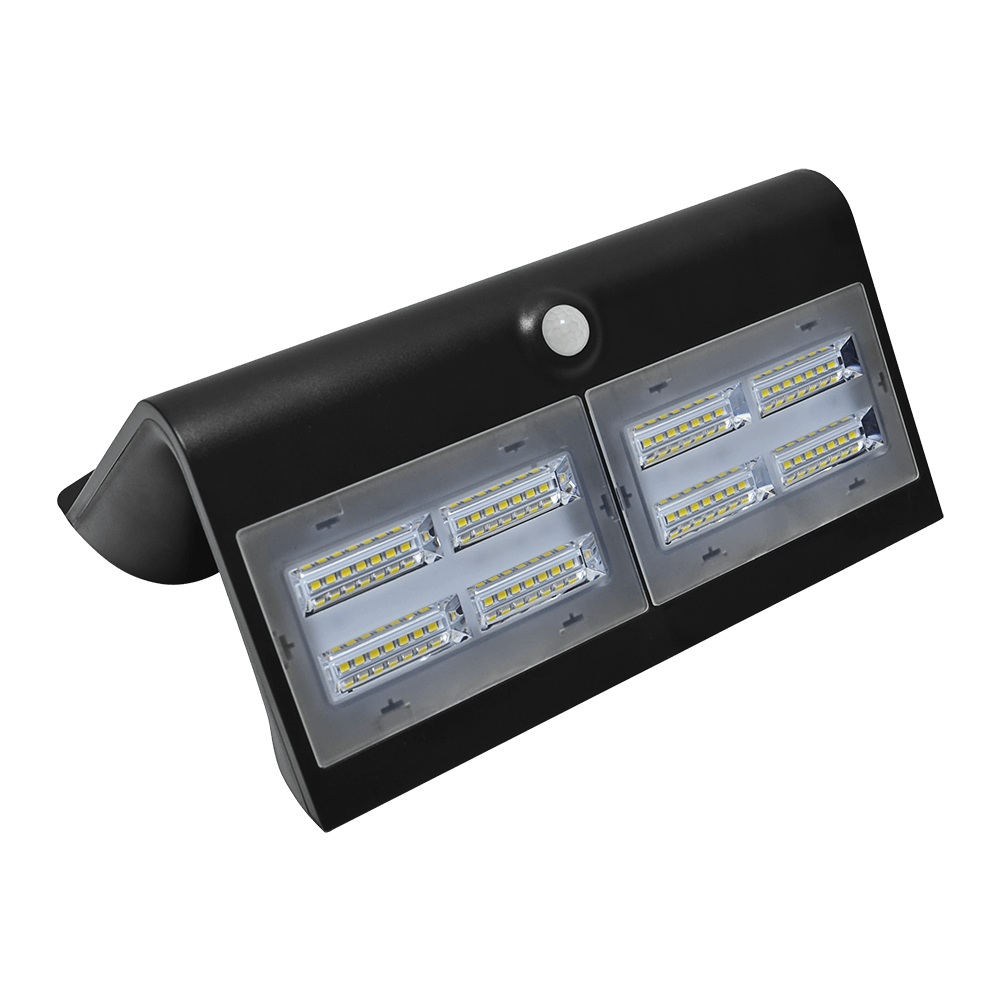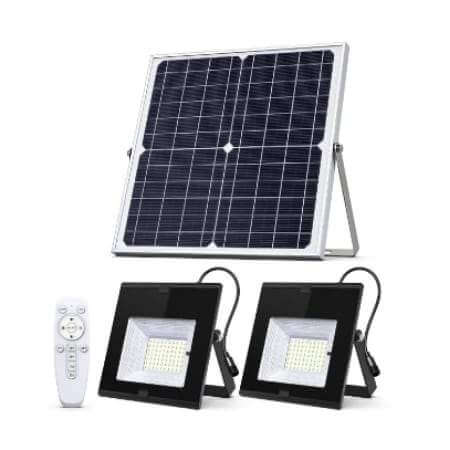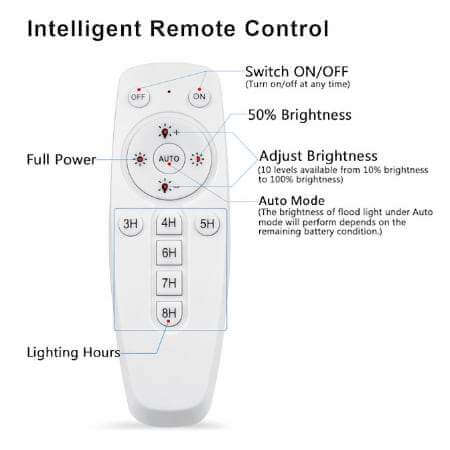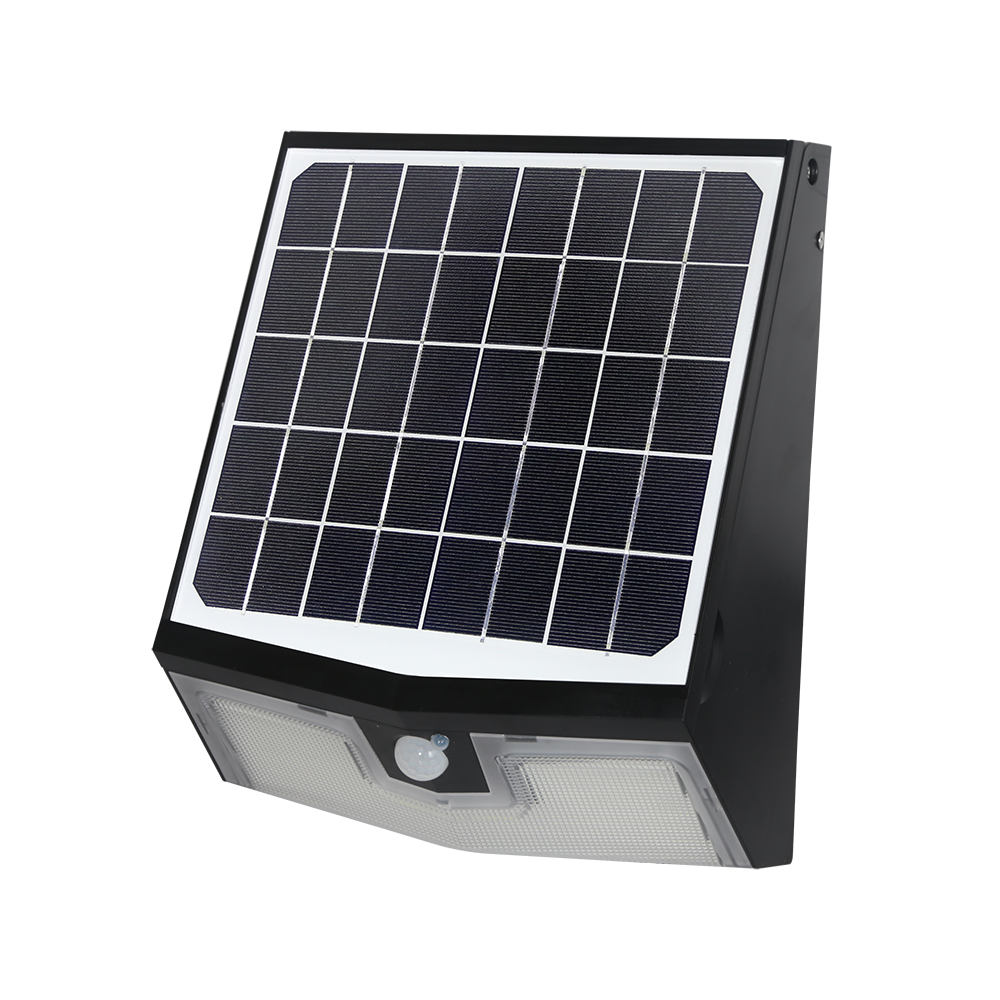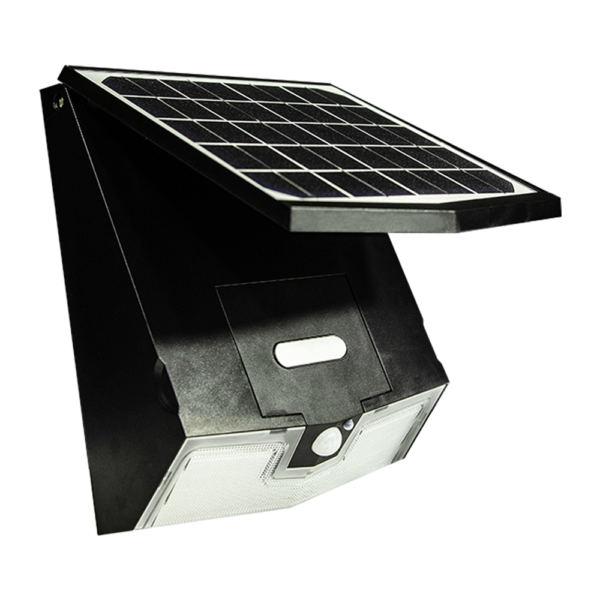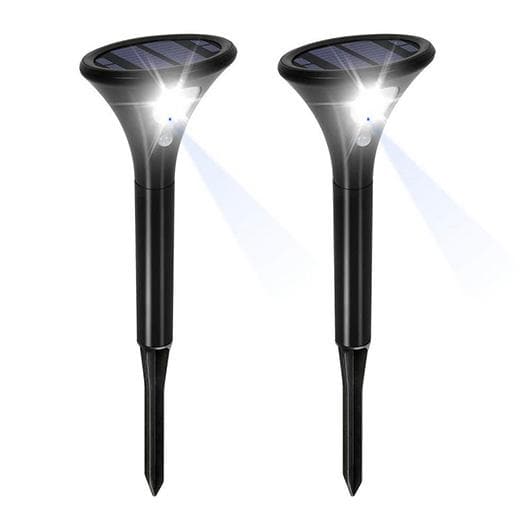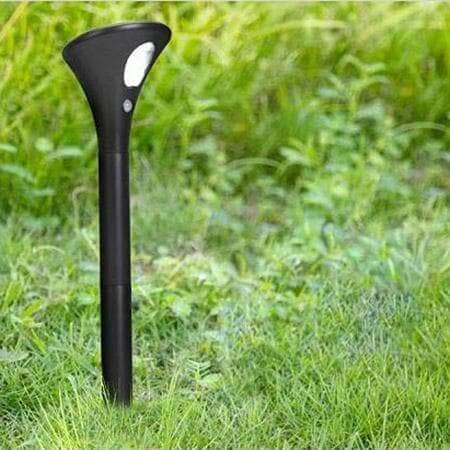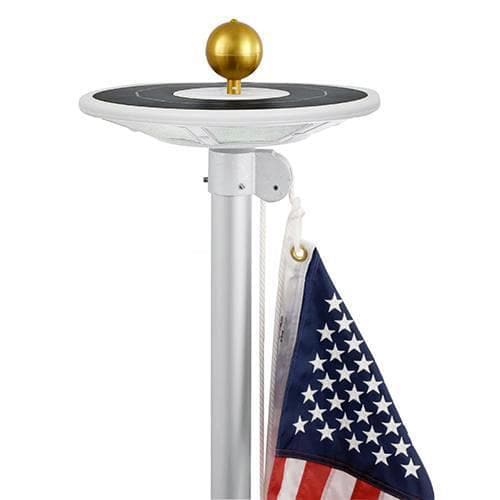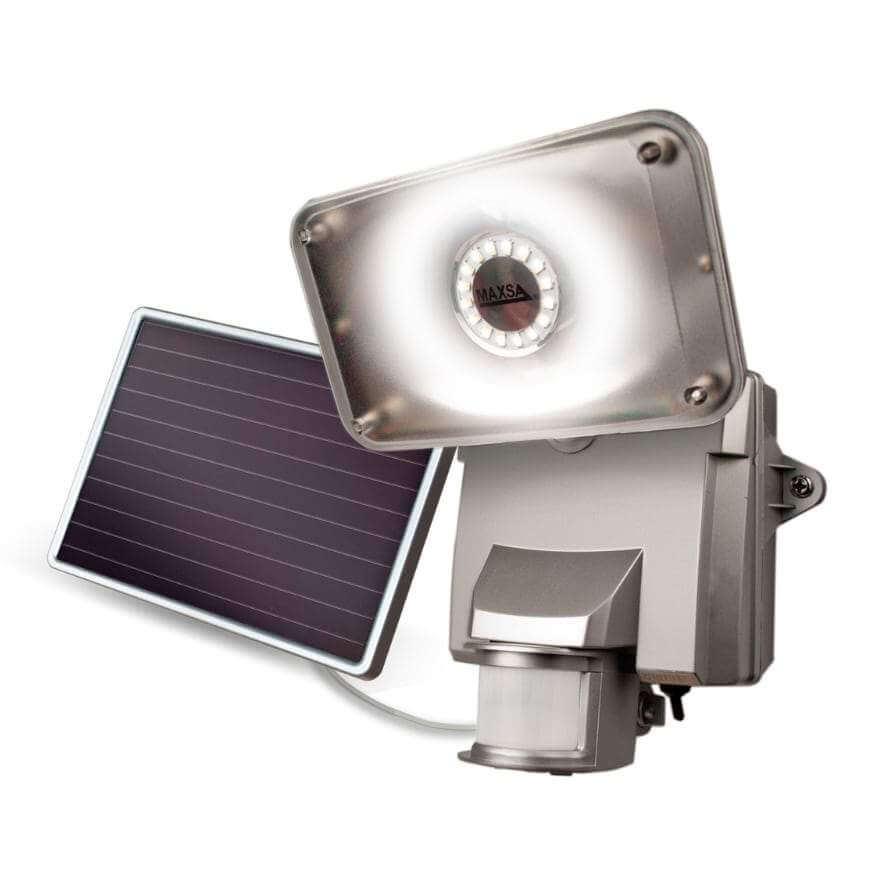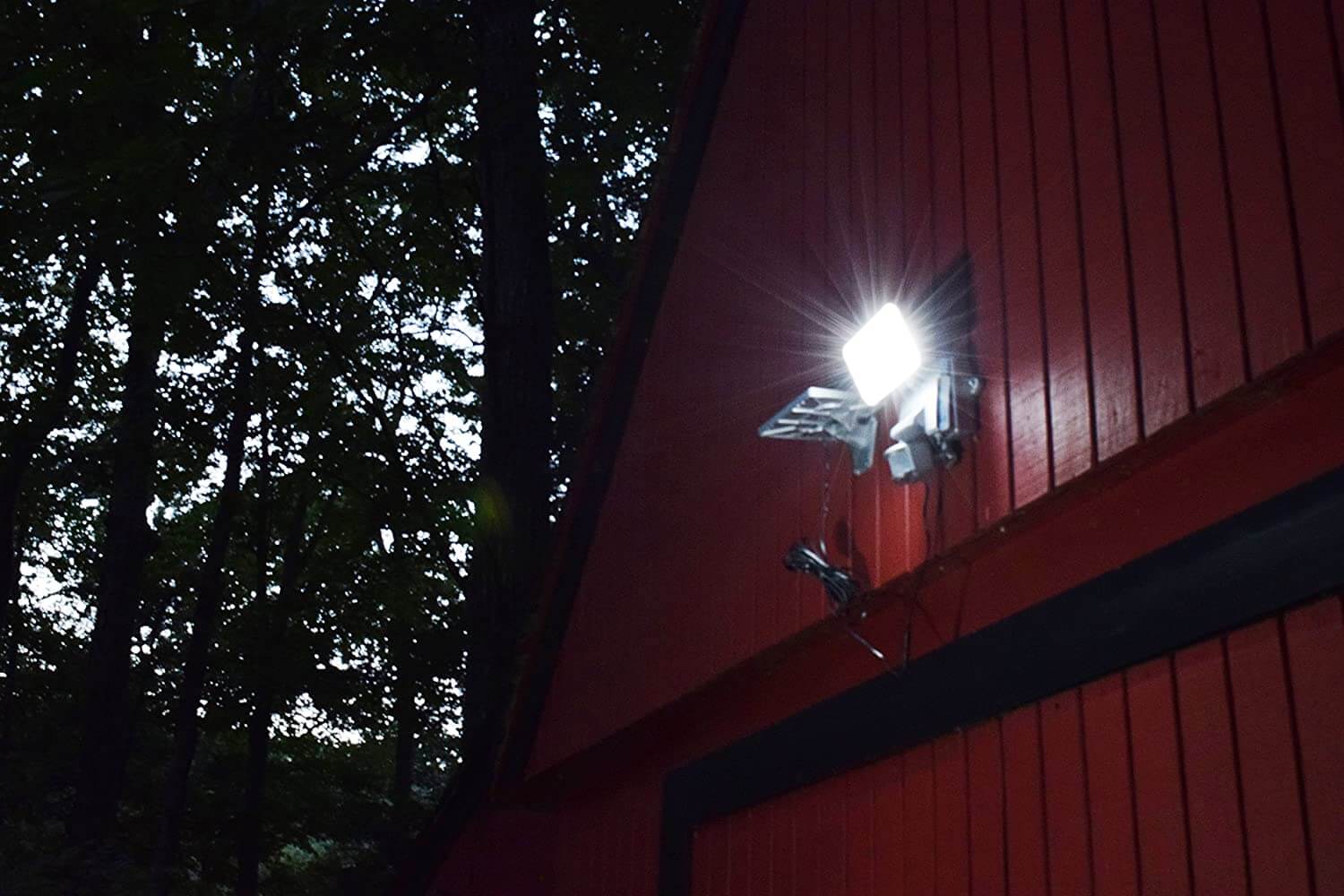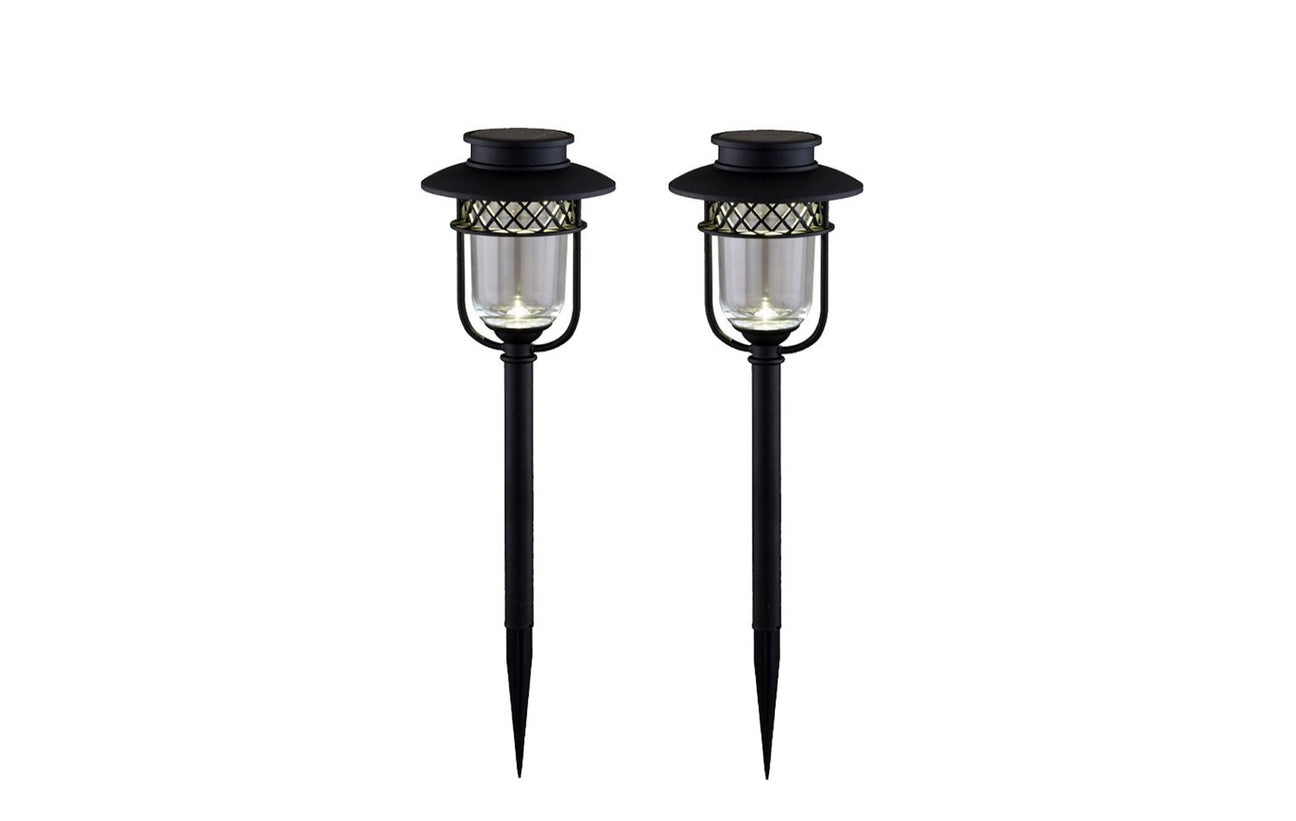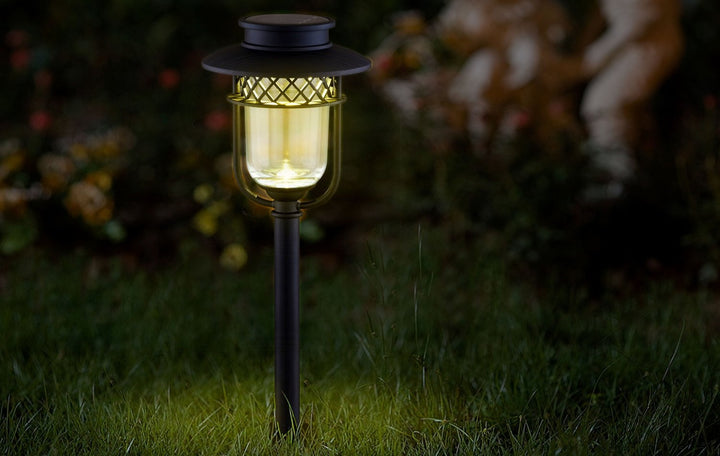Solar-powered lighting systems are changing how people illuminate their spaces. These lights are an energy-efficient method of lighting homes, particularly in areas where sunlight is abundant.
While solar power continues to shape the way we think about energy, the Internet of Things (IoT) is taking energy-efficiency to another level. Read on to learn how IoT is improving solar-powered lighting.
What Is IoT?
The first question to answer is, “What is IoT?” The Internet of Things encompasses the network that connects devices and permits data exchange. From smartphones to smart appliances to streetlights, this software allows a wide range of devices to collect and transmit data, facilitating intelligent decision-making and automation.
IoT has given people the advantage of sharing and exchanging information autonomously. By harnessing the power of IoT, previously inert objects can now become smart, proactive, and responsive. This opens a world of possibilities for innovation, efficiency, and convenience. From monitoring control systems to providing data analytics and machine learning, IoT has the potential to transform many industries by improving productivity and sustainability.
It’s important to note that IoT technology is primarily used for professional purposes. Nevertheless, homeowners are starting to leverage the Internet of Things through solar-powered lights, too.
IoT Monitors Solar Lights
Now that you have the definition of IoT, we can discuss how this technology benefits solar-powered lighting systems, such as solar streetlights.
Initially, when solar-powered lighting systems first entered the market, monitoring them was not an easy task. People had to manually check the condition of the panels, batteries, and lights, which required significantly more time and effort. However, IoT solutions have revolutionized this process.
With smart sensors, people can monitor the performance of lighting systems directly through a connected device, like a smartphone or tablet. These advanced systems provide real-time data on battery charge levels, sunlight absorption rates, and power output.
By accessing this information remotely, users do not have to take the time to travel to the solar lights and manually check them to see if there is an issue. They can remotely interact with the technology and examine the system’s performance.
IoT Technology Helps Users Troubleshoot Various Issues

Another way that IoT is improving solar-powered lighting is by helping people troubleshoot issues with the lights. Occasionally, a user may find that the device is not providing sufficient lighting or experiencing intermittent battery failures. To prevent unreliable lights, IoT technology addresses these concerns by identifying performance problems precisely.
Smart diagnostics embedded in IoT systems detect faults and pinpoint the problem’s origin. For instance, if a city discovers that one of the solar streetlights stopped providing ample illumination, the IoT platform can identify where the fault formed.
These diagnostics eliminate the need for manual troubleshooting, streamlining the process of resolving issues. Performance monitoring through IoT fosters dependable operation, offering peace of mind and consistent illumination for outdoor spaces.
IoT Assists With Preventative Maintenance
Ensuring that lighting systems perform as expected is valuable for businesses and homeowners. Implementing IoT technology in solar-powered lighting systems can also help users conduct proactive and preventative maintenance.
For example, with real-time monitoring, users can use IoT-enabled smart lighting systems to continuously monitor parameters. This allows users to catch malfunctions earlier than they could previously. If a malfunction occurs, the system will send an alert, enabling users to take prompt corrective action. By being more proactive, users can perform necessary maintenance before small issues grow into complicated, expensive issues.
Another way IoT can assist is through predictive maintenance. By leveraging the power of data analytics and machine learning algorithms, IoT technology can analyze historical data and usage patterns to predict when the solar light will require maintenance. Gathering insights about the system’s performance over time allows the technology to identify patterns, anomalies, and potential failures.
This enables proactive maintenance planning. Therefore, homeowners or professionals can schedule maintenance when it is most convenient to reduce the risk of unexpected system failures or business downtime. Thanks to this technology, people can stay one step ahead and protect their investment in solar-powered lighting infrastructure.
IoT Can Help Users Manage Their Energy Usage

Maximizing efficiency and reducing energy waste are priorities for people who want to support sustainable goals. IoT technology can optimize energy management in solar lighting systems. Through intelligent sensors and data analysis, IoT-enabled systems intelligently adjust lighting levels based on user needs, resulting in optimal use of energy resources.
This is similar to the way that some outdoor solar products for homes—such as a solar bollard light and holiday decorations—feature a remote that lets homeowners adjust lighting brightness levels. This dynamic management minimizes energy consumption, contributes to decreased expenses, and supports sustainable efforts.
Furthermore, collecting and analyzing data on energy consumption patterns lets users gain valuable insights into energy usage. From this detailed information, they can learn how to improve energy management such as adjusting lighting schedules, implementing energy-efficient components, or integrating renewable energy sources to enhance overall system performance.
With IoT technology’s integration into solar-powered lighting systems, energy management becomes more intelligent and efficient. By harnessing the power of data and automation, users can take full control of the operation of their lights and brightness levels.
IoT Can Maximize Energy Efficiency Through Light Positioning
Solar-powered lights rely heavily on positioning. If the panels fail to absorb ample sunlight during the day, the lights won’t shine all night long. However, IoT technology is transforming how people position their outdoor lights.
Users no longer need to guess which orientation delivers the most light. Rather than relying on trial-and-error methods, IoT-integrated systems use smart sensors to track sunlight exposure and guide users on placement. With this insight, users can easily determine which locations allow the solar devices to gather the proper amount of sunlight to keep them shining.
Some systems may even facilitate tilted panels or lights to guarantee the lights collect the proper amount of sunlight. These insights into positioning solar-powered lights help people improve performance metrics and maximize energy reserves over time.
Although IoT has not become conventional for outdoor solar lighting in homes, the technology continues to advance. If you would like to purchase solar exterior lights that will facilitate a more efficient home and increase its level of illumination, contact Outdoor Solar Store today. Our high-quality lights will add a welcoming glow to your residence while decreasing your monthly expenses and supporting sustainable practices.
